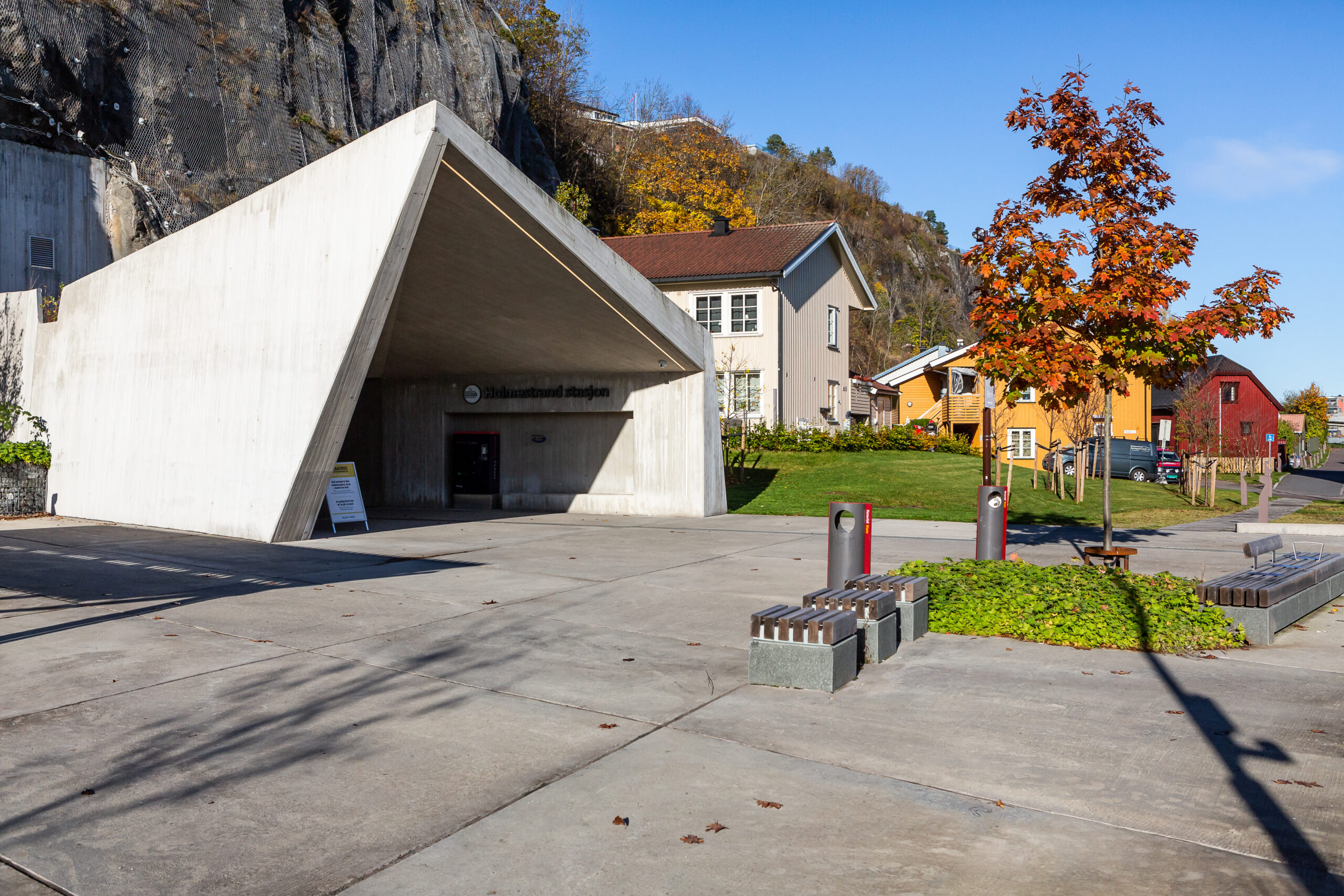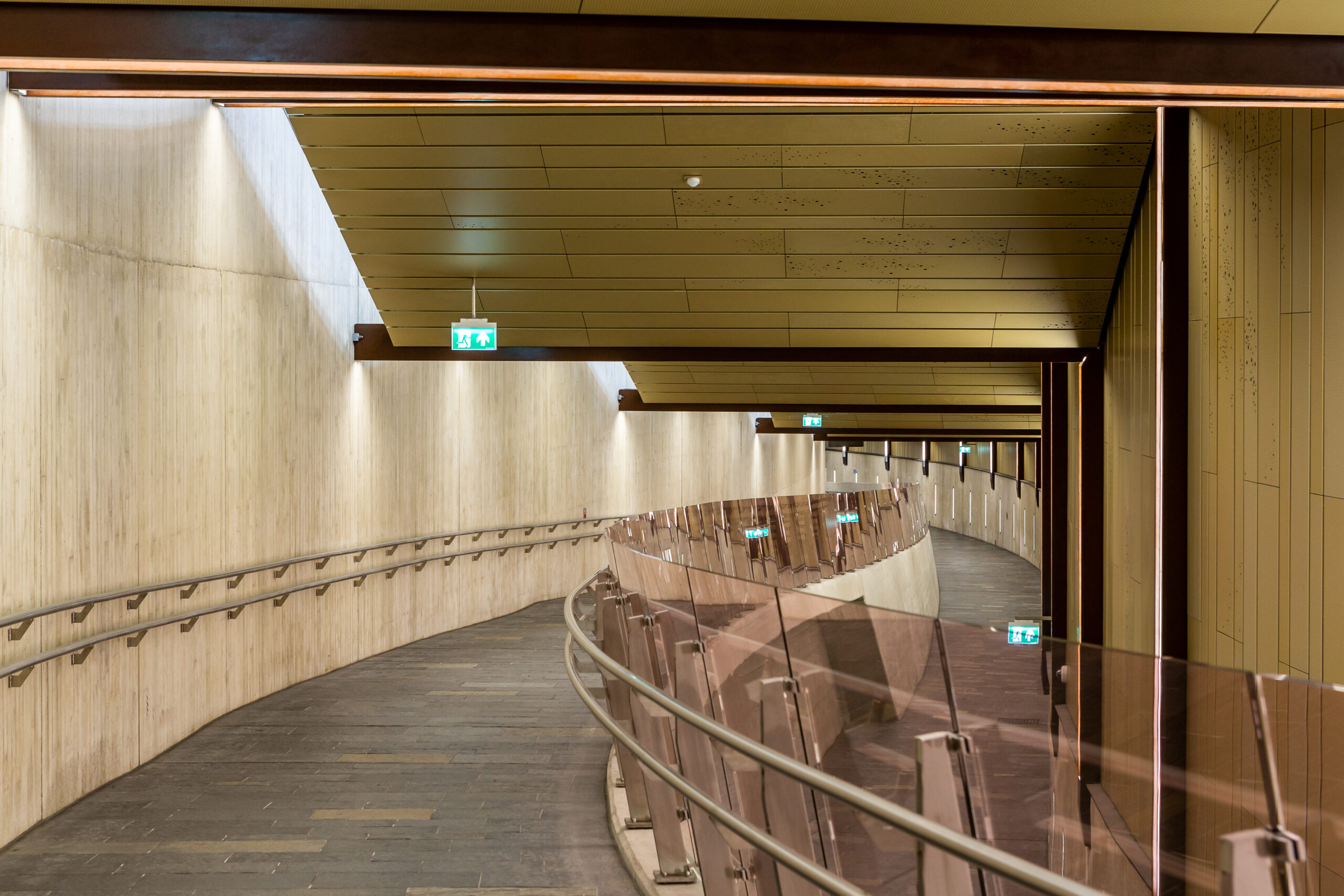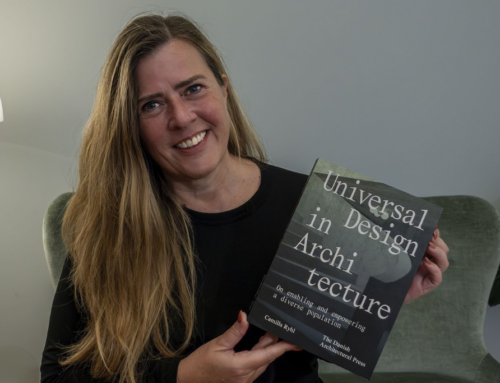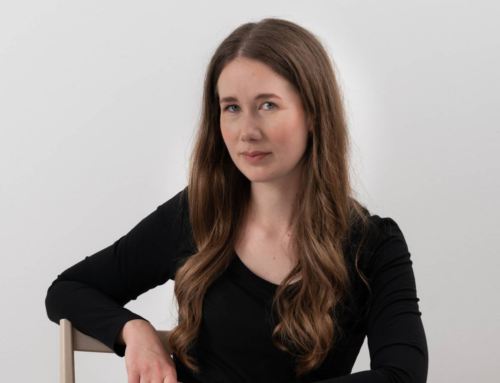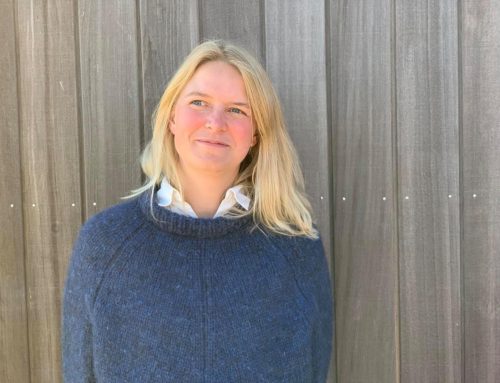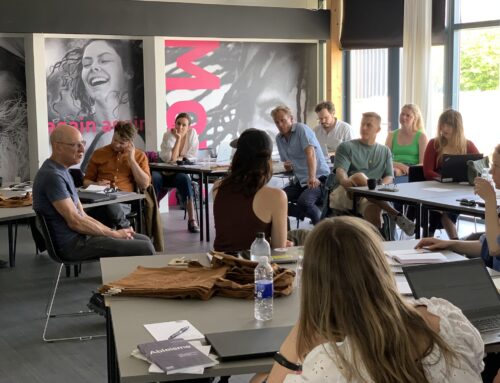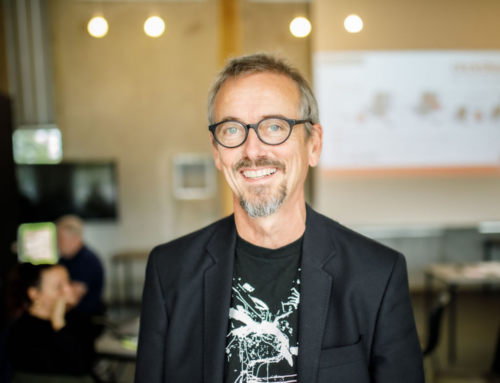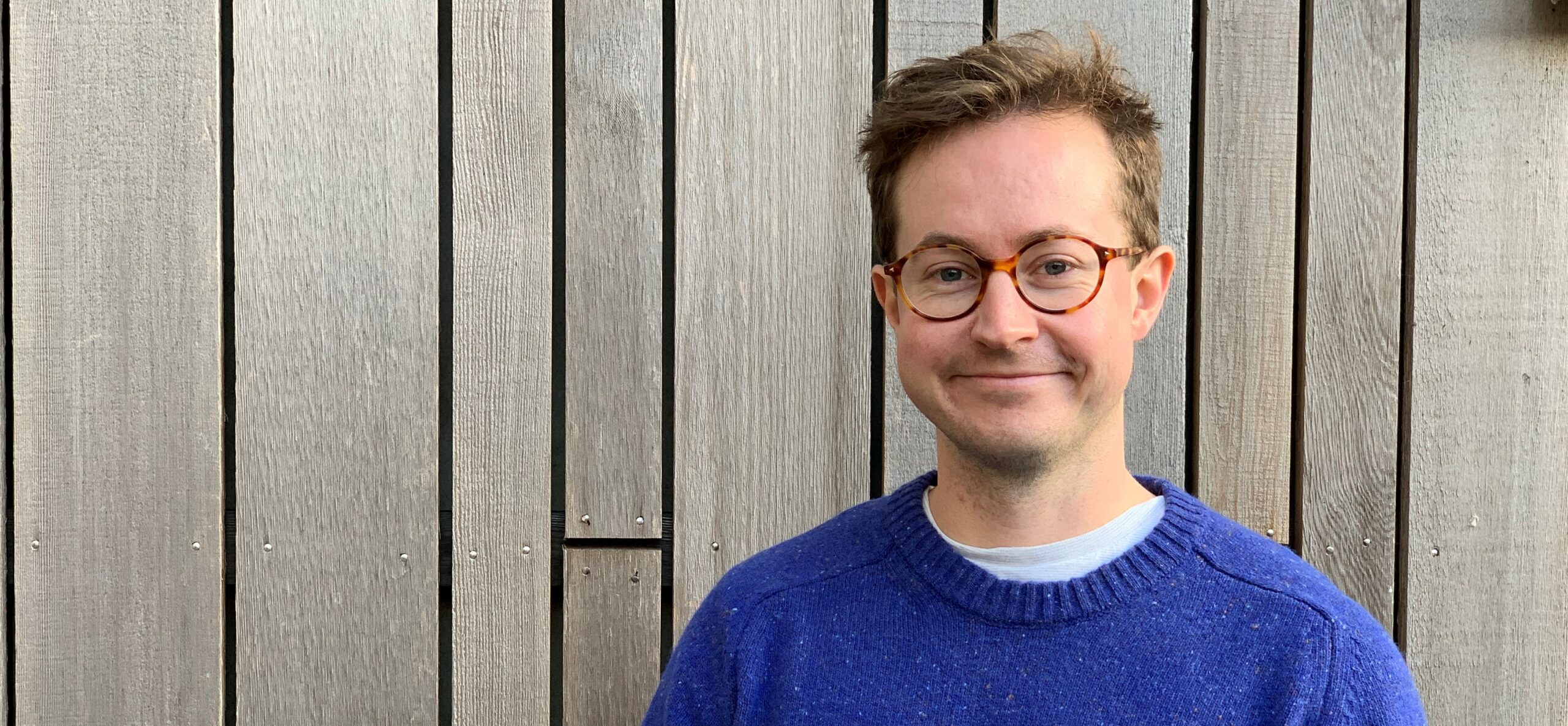
When universal design becomes a buisness
Industrial PhD examines how an architectural firm can incorporate universal design into its business model. The key is to make inclusion a sales argument and incorporate it from the first pencil stroke, according to the author.
by Nanna Stærmose. The article is published on 17/12/2021.
Universal design can create better solutions for broad target groups, but there is often a challenge involved in making the developer see the benefits of inclusive solutions. This new PhD project is aimed at helping with that.
“When we design urban spaces and buildings that are accessible for people with disabilities, we also get a solution that works better for people without disabilities,” said Marcus Tang Merit, a business PhD student at the Danish Royal Academy who also works at Gottlieb Paludan Architects, elaborating on his argument with an illustration. A young and fit man is able to climb a rope up to the first floor of a building, but by adding a stairwell, we get a more inclusive solution that makes the first floor accessible to a broader target group while also making the trip easier for young and strong men with no disabilities.
Essentially, Marcus Tang Merit’s dissertation investigates how people with disabilities experiences with accessibility can be incorporated into the working processes of architects. That information can help architectural firms improve their negotiating position with partners and clients and ultimately – or ideally – persuade them to install ramps rather than stairs as a way of improving accessibility, for example.
There needs to be a benefit
According to VIVE’s 2016 Survey of Health, Impairment and Living conditions in Denmark (SHILD), around 30 percent of people in Denmark live with a physical disability. It is those 30 percent that can create incentives for developers, explained Merit. In other words, it’s about showing developers that there are benefits to creating universal design solutions. “If you are able to design an inclusive office building with level-free accessibility, better lighting, reduced noise levels, etc. then you’ve got office space that can also be sold to more people. That also makes it more appealing,” said Merit.
The architectural firm’s motivation for hiring a PhD student to examine matters related to universal design is their desire to integrate it into their business model, according to Merit. “The purpose of my project is to give the architects knowledge and expertise on universal design and thereby give them a competitive advantage in a highly competitive market with lots of bidders,” said Merit.
Needs to be considered from the start
Marcus Tang Merit began his PhD in September 2020, and his plan is to collect data from architects, people with disabilities and public authorities. The initiators of construction projects are often public authorities, which is why Merit believes they can play a crucial role. “Universal design solutions should be incorporated into the process at a very early stage. A step in the right direction would be for universal design to be included in the tendering process, e.g. making it part of the criteria for selection,” he said.
Another aspect of incorporating universal design into the process from the start is that it can give the architect greater influence in the process than if the solution has already been established from the start.
“When we’re standing with a developer on a field and sketching a building, everyone present gets a different picture of the building in their minds. And once we’ve gotten that first picture in our heads, it’s difficult to accept something different. That’s why it would be an advantage if the architect can create a picture that’s as unambiguous, specific and inclusive as possible early in the process,” said Merit, pointing to downtown Copenhagen as an example. Ofelia Beach by the Royal Danish Playhouse was originally designed with stairs leading down to the water. However, the solution they ended up with – developed in collaboration with accessibility experts – resulted in steps that were modest enough to allow wheelchair users to drive up and down them.
That, according to Marcus Tang Merit, is a great example of universal design which includes the 25 percent of people with disabilities while resulting in a solution that’s just as good – or perhaps even better – for everyone else as well. He also pointed out that unless you already knew that the original idea was to build stairs there, you’d never have realised something was missing. “That’s the point we need to get to. We need to make developers see the universal solutions as an advantage, and maybe we should completely stop offering solutions that are not inclusive. If we stop creating images of stairs, for instance, we may stop considering building them at all,” said Merit.
Facts
The study is based on architects’ internal and external collaborative processes, focusing especially on how one relates to people with disabilities’ spatial experiences in the design processes.
The aim is to ensure architects have the knowledge they need to argue for the implementation of universal design solutions with their partners.
Image description: Holmestrand Station designed by Gottlieb Paludan Architects
Photographer: Tove Lalauten
Marcus Tang Merit
Marcus Tang Merit is writing an industrial PhD in collaboration with the Danish Royal Academy and Gottlieb Paludan Architects
Member of the Bevica Foundation’s research network
Read more research profiles
